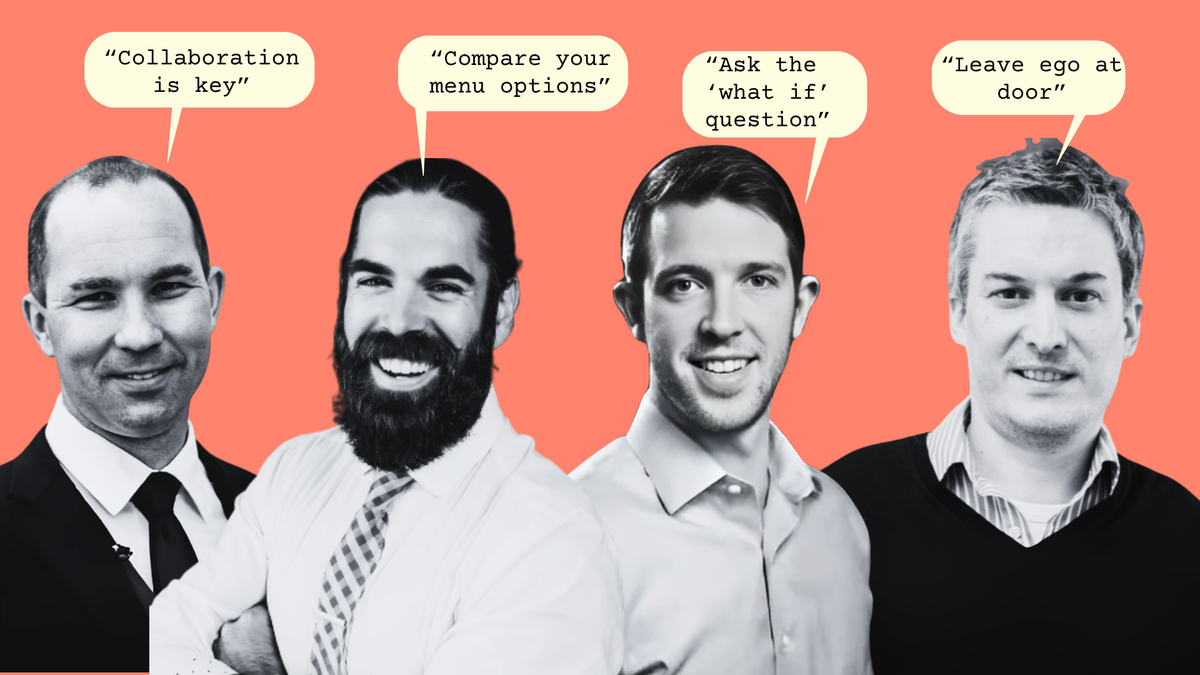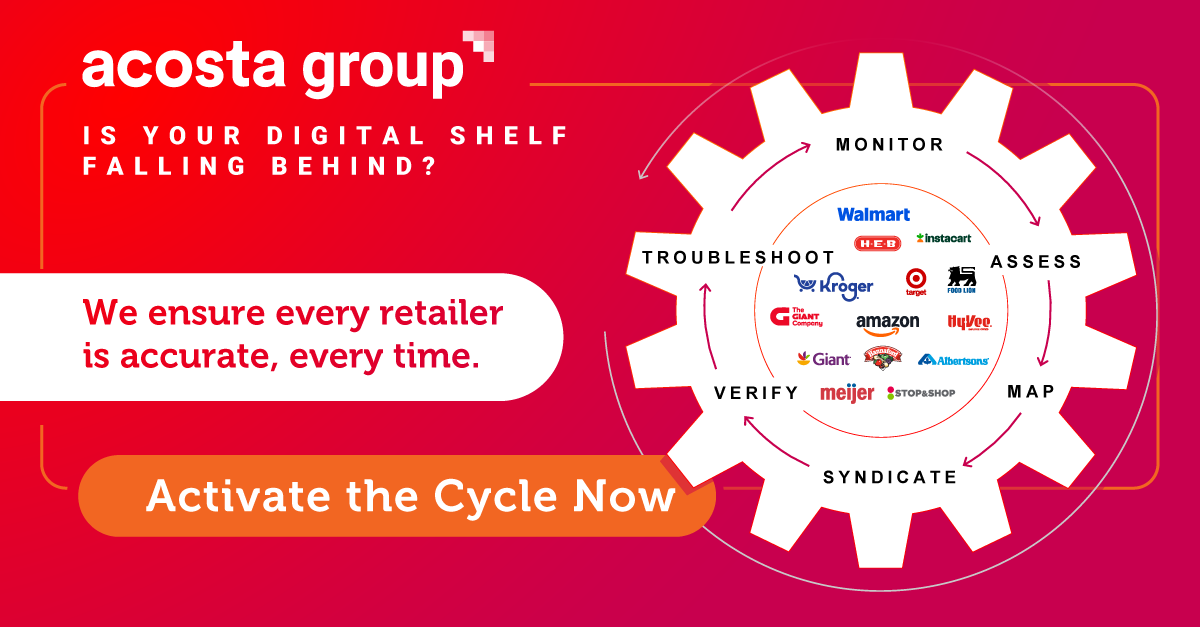Shopper Marketing & Retail Media Goes Together Like PB&J
I asked four brand-side leaders about their most productive moments and win-win scenarios with their shopper marketing teams.

On the surface, it seems like traditional shopper marketing and retail media would be facing off. Retail media budgets often draw at least in part from trade media and shopper marketing dollars. One side has decades of experience with in-store tactics, while the other is navigating a rapidly evolving digital landscape.
But when these teams find their rhythm together, the results can be transformative.
I asked four brand-side leaders about their most productive moments and win-win scenarios with their shopper marketing teams.
Scenario Planning for Viral Success
Justin Bomberowitz, Director of E-commerce at WILDE Brands, emphasizes the power of "what if" conversations with his shopper marketing team. Rather than waiting for opportunities to arise, his team proactively plans for various scenarios that could dramatically impact their business.
"It's asking the what if question," Justin says. "What if we do win 2,000 more doors at Walmart on the SKU? Or what if this innovation comes in six months early, or what if this influencer partnership that we're launching for St. Patrick's Day hits 5 million impressions and brings in a bunch of new shoppers to Target or Walmart or Shopify?"
This scenario planning approach proves especially valuable for emerging brands that can experience sudden viral moments. "We live in a world of viral posts and products going out the door really fast, and then suddenly your supply chain is done for three to six to nine weeks, depending on how you're set up," Justin says.
By thinking through these possibilities in advance in collaboration with his shopper marketing peers, the whole company can make faster decisions about budget allocation and campaign adjustments when opportunities actually arise.

Sure, you’re crushing it on Amazon and Walmart. But what about Kroger, Instacart, and the fast-growing regional grocers? Acosta Group builds holistic media plans built on real shopper behavior across all the US retailers that your brand cares about.
They work directly with retailers of all sizes and know where your dollars will drive the biggest sales impact. From digital shelf to retail media to data analytics Acosta Group offers end-to-end Connected Commerce—all under one roof. Learn more at Acosta.Group
The Complementary Menu Approach
Nem Lazik, E-commerce Channel Manager at Zevia, frames the best shopper marketing conversations around treating each team's capabilities like complementary restaurant menus.
"The best conversations are ones where they give you some leadway," Nem says. "It's great just to get everyone on board and say, 'Hey, this is the menu of options that we have available with this retailer or with this activation.'"
In this approach, shopper marketing brings their menu of traditional tactics—displays, promos, social push, shelf talkers—while the retail media team presents their digital options. "They come to us and say, 'Hey, how can we amplify this with retail media? How can we amplify this with digital?'" he says.
"So that way we're both kind of sitting at the table, both of our menus open, and say, 'All right, I like this for the appetizer, this is for the main course.' You can't have everything, because there's a pesky budget, but once you kind of have both of those menus open, you're able to see how you can start to track that path to purchase."
Building a Unified Dashboard and Language
Simon Swan, Director of Digital Marketing and Media at Karo Healthcare, built cross-team collaboration by creating shared measurement frameworks and internal education programs.
"We know media measurement is messy, and we know different teams will have different measurement or KPIs, especially in FMCG, where conversion most likely happens in store or on retailer sites," Simon says.
His solution involved three key components: internal education, unified dashboards, and regular cross-team conversations.
First, Simon's team invested in upskilling: "We spend time bringing our internal teams through upskilling, sharing case studies from other companies, and we run an internal digital and retail media academy where we're driving that insight, that buy-in in plain language, what it means for our businesses, what it means for our brands."
They then built an internal dashboard combining metrics from shopper, digital, media, and search teams. "On a month-by-month basis, we bring together all the different teams, aligning them with top-level metrics and have more of a conversation about what's happening in market in that period, so we can understand where spend should be moved across, where spend should be optimized or even where spend could be challenged."
Simon emphasizes three pillars that guide these conversations: putting the customer first ("the team shifts its focus from 'my budget' to 'our shopper'"), speaking business language rather than channel-specific jargon, and leaving egos at the door to enable true collaboration.
Seamless Integration Across All Touchpoints
Ben Galvin, Senior Director of Omnichannel Retail Sales and E-commerce at Monster Energy, emphasizes the importance of consistent messaging and regular collaboration.
"Collaboration is key," Ben says. His approach focuses on aligning around overarching business objectives and ensuring seamless consumer experiences. "We want to make sure that they see an ad on Instagram or they see a billboard on a highway, or they see a TV ad or they see an ad on a display in Walmart. It is seamless across all physical and digital touchpoints."
Ben also values the strategic insights that shopper marketing teams bring to retail media planning. "What they can ultimately bring is another lens to the commercial side that maybe a sales leader had not thought of, or bringing in some specific insights around data, whether it's from a panel source or a retail media network that we can overlay to a sales performance metric from Nielsen and just make it a more robust story."
He emphasizes the importance of regular check-ins to ensure alignment: "People can get out of whack and it's so important to make sure everyone is touching base on a regular basis so we can make sure that if the direction needs to change, we all change together."
The Bottom Line
What emerges from these conversations is that successful shopper marketing and retail media collaboration isn't about eliminating organizational boundaries—it's about creating frameworks that allow teams to work together effectively despite different expertise areas, measurement approaches, and budget pressures.
Whether through scenario planning, menu-style collaboration, unified dashboards, or regular alignment meetings, these leaders have found practical ways to turn potential silos into integrated campaign engines.
Read more from me on this topic:







